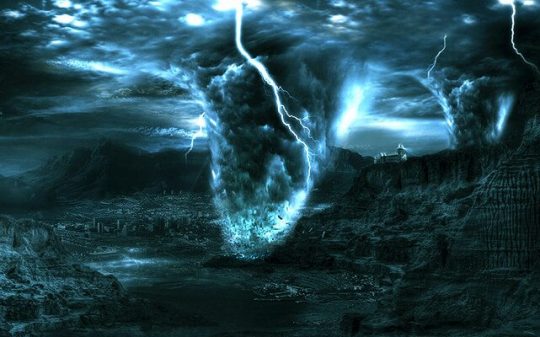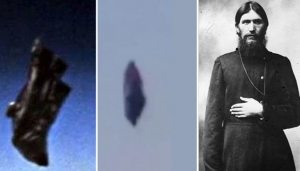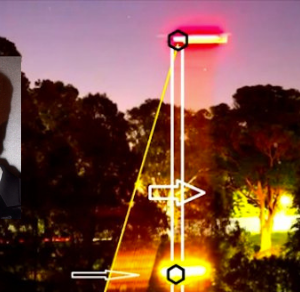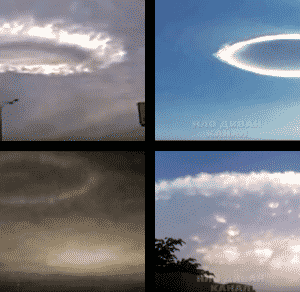There’s an abundance of myths regarding great floods that had washed humanity and countless terrestrial species from the face of the Earth. Various cultures across the world speak of great deluges that had put an end to a life cycle to make way for anew. But is there truth behind all these allegations?
Probably the most widespread myth of this sort comes from the Christian account of Noah’s Flood which depicts the moment when our ‘wicked’ ancestors were cleansed through heavy rains that lasted for forty days and forty nights. It’s true that the ancients always linked these great catastrophes to their Gods displeasure, but looking beyond this hard to believe connection (though not impossible), we’ll find relevant evidence to support these stories.
The ‘Epic of Gilgamesh’ describes how the Gods committee decided to flood the entire planet to get rid of mankind. However, EA – the god who made man, sent warning to Utnapishtim of the upcoming events, advising him to construct a gigantic boat to surpass this cruel test. The protagonist sees the sign of the beginning of the end as a spiral of smoke in the horizon. At this point, the sky darkens for a week straight and the tremendous storm descends upon the unaware humans.
The grand proportions of the water that washed the land is highlighted at the end of the story, when the ark remains stranded on a mountain peak, after the great flow of water had halted.
When the Sumerians settled in what today is known as Sothern Iraq about 5,000 years ago, their scribes wrote about how they managed to reach this place after a great deluge caused by their angry creators known as ‘The Anunnaki,’ or ‘The Shining Ones.’
The Chinese and Indian myths also recall a grand deluge that partook five millennia ago. The current Hindu Age, entitled Kali Yuga, began in 3102 BC when climate change occurred alongside flooding.
Numerous Native American tribes also remember the times when ravaging floods swept through their lands, forcing them to retreat on the highest of hilltops. South American and Pacific cultures share similar accounts.
So, how likely is it for all these stories to be authentic? There must be at least a grain of truth residing in all these ancient myths, otherwise we’d just call it the biggest coincidence of all times, and that doesn’t add up, does it?
As a matter of fact, the scientific community doesn’t dismiss the possibility of a great flood occurring in forgotten times, but there are more questions rather than answers. Two main theories have proposed a relevant timeline of the events, both of them based on a thorough research performed on two different areas – the flooding of the Black Sea in Eastern Europe, and the other involves a major global flood.
Approximately 7,000 years ago, a rapid melting of the icy regions has overwhelmed the Mediterranean Sea which got overflowed with the equivalent force of over 200 Niagara Falls. The vast amount of water spilled over the area where the Black Sea is now located. At that point in time, that region consisted only of freshwater lakes encircled by farmlands. Modern day science acknowledges this hypothesis, as a timeworn river valley and shoreline were discovered on the bottom of the Black Sea.
Of course, there was also the crew led by National Geographic’s Society explorer Robert Ballard who uncovered distinct fossils belonging to extinct species living exclusively in freshwater areas that date back from 7,000 to 15,500 years ago. All of them were found embedded on the floor of the salty Black Sea.
So is it possible that ‘The Great Flood’ was only a local event, or did it sweep over most of the world, as many legends suggest? Find out more about the second main theory involving a global flood in the second part of the article.












Trackbacks/Pingbacks